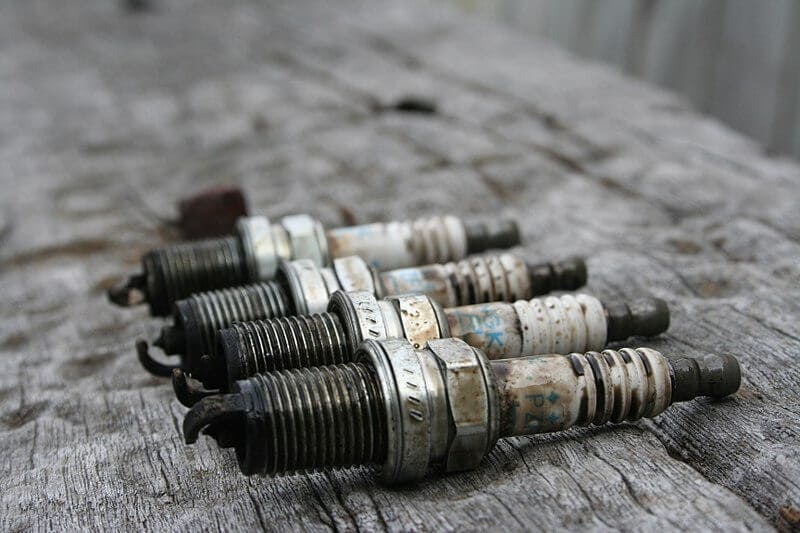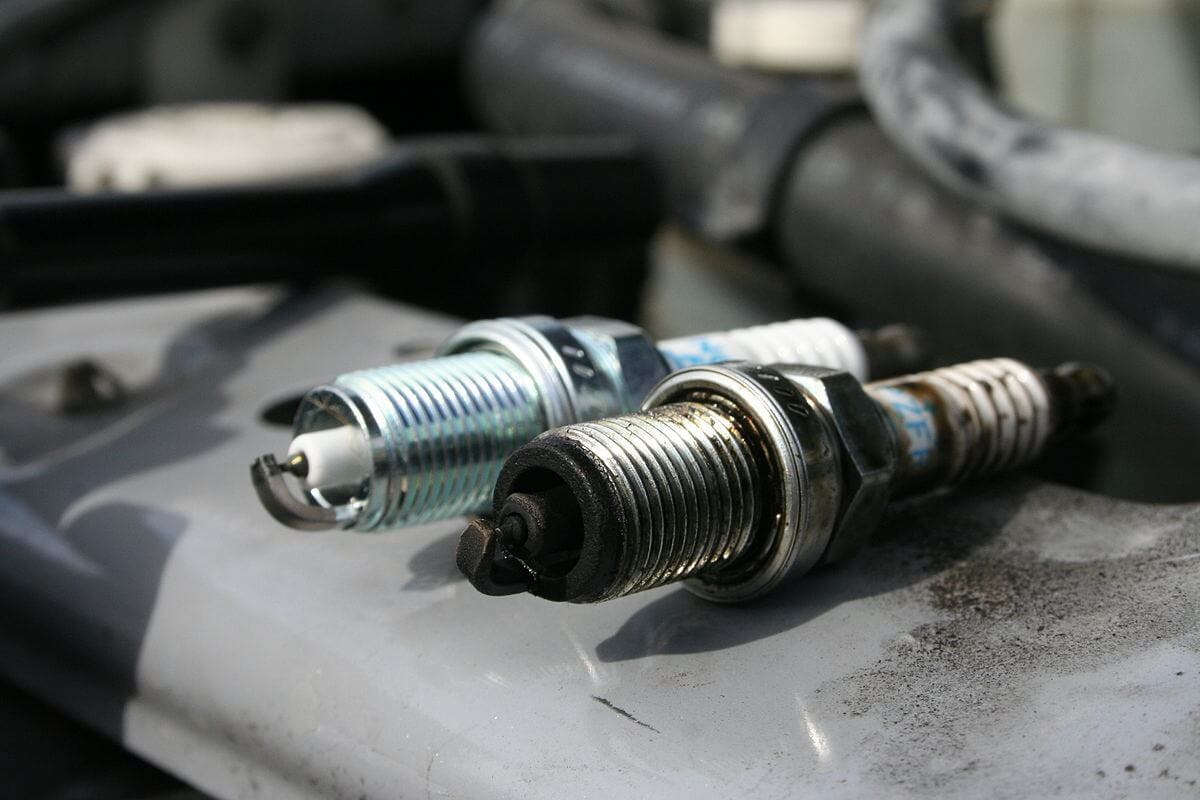How do the properties of the spark plug affect engine parameters?

The properties of the spark plug affect the quality of ignition of the mixture and, to a large extent, the parameters of the engine.
When assessing spark plugs, several important values are taken into account, from which the properties of the spark plug are derived.
Indholdsfortegnelse
Electrode distance
The distance between the spark plug electrodes significantly affects the spark's quality. The smaller the distance between the electrodes, the less voltage is required to create a spark.
With very short electrode spacing, the spark length is very short, causing very little energy to be released, and this can lead to poor ignition of the mixture and reduces the probability of the mixture igniting.

Spark plugs: How do they work, and what's their lifespan?
If there is a misfire (misfire of the mixture), the engine is noisier, and the engine performance is lower. On the other hand, the large distance between the electrodes of the spark plug requires a high voltage required to create a spark, respectively, to ignite the mixture, which can cause a spark to be missed at low engine speeds.
Thread length
If you use a spark plug with a longer thread than prescribed, there is a risk of mechanical damage to the engine, as a larger part of the spark plug than necessary will interfere with the combustion chamber. This can cause the piston to meet the spark plug in the area of the top dead center. However, everything depends on the location of the spark plug in the cylinder head.

Engine Pistons: How do they work?
In addition to this problem, there is another problem, which is that part of the thread protrudes into the combustion chamber, which is exposed to many adverse influences, which cause various impurities to settle on the thread of the spark plug.
When changing the spark plug, these can damage the thread in the cylinder head. When using a spark plug with a shorter thread than prescribed, there is a risk that dirt will settle in the cylinder head thread, which can cause a problem when installing the prescribed spark plug.
Using a spark plug with a longer thread than prescribed affects overheating the spark plug and the negatives mentioned. The considerable area of the spark plug thread extending into the combustion chamber absorbs a lot of heat from the combustion chamber and thus can reach extremely high temperatures.
The result is self-ignition and engine knocking caused by the spark plug. This will quickly lead to a serious failure not only of the spark plug but also of the engine.
Thermal value
The thermal value measures the thermal load of the spark plug, which is adapted to a specific engine type. The heat value of the spark plug depends on its construction and the materials used. The spark plug must not exceed a certain temperature range during operation.
It means that a certain spark plug must not overheat in a particular engine and must not have too low a temperature in another. That is why spark plugs are divided into warm and cold spark plugs. The spark plug is not a heat source but must dissipate it from the combustion space or its surface.
Spark plugs that dissipate heat to a greater extent and faster are called cold spark plugs. On the other hand, spark plugs with less heat dissipation are called warm spark plugs. The ability to dissipate heat depends on the design of the spark plug, but the size of the surface of the insulator's lower part primarily determines the plug's thermal value.
If the tip of the insulator is long, the spark plug will have a high heat value (warm spark plug); conversely, if the spark plug has a short tip of the insulator, the spark plug will have a low heat value (cold spark plug).
Summary
Suppose you use a spark plug in your car's engine with a different heat value than the one specified by the manufacturer. In that case, it can cause engine knocking (self-ignition of the mixture) and thus decrease engine performance.